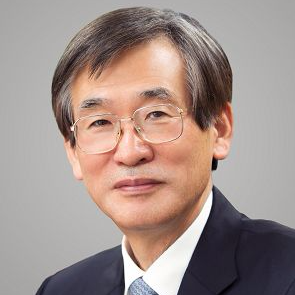Recent Membrane Research and Development in Korea
A special issue of Membranes (ISSN 2077-0375).
Deadline for manuscript submissions: closed (30 January 2022) | Viewed by 37881
Special Issue Editors
Interests: membrane fabrications; membrane chromatography; environmental remediation; forward osmosis; wastewater treatment; desalination; membrane distillation
Special Issues, Collections and Topics in MDPI journals
Special Issue Information
Dear Colleagues,
In recent years, carbon neutrality has become a major issue around the world related to global climate change. Membrane technology is considered particularly promising, with the potential to offer solutions this issue, and it is used in a broad range of applications. For instance, membranes can contribute to solving water shortage and environmental problems, as well as achieving energy efficiency for industrial processes, resource recovery and reuse, and energy generation. Most membrane processes are pressure-driven, without a phase change of the target compounds, and require much less energy consumption than alternate separation processes. From this point of view, membranes and membrane processes have been extensively studied, including highly efficient membrane processes with a large surface area, advanced membrane fabrication methods with a controllable capability to separate molecularly similar compounds, membrane structure control for microscopic transport phenomena, reduction in energy consumption, and minimization of environmental impacts. A lot of this research has taken place in Korea, especially in recent decades.
Despite this great potential, however, further development is still needed in the field of membranes to achieve successful membrane applications in various fields (e.g., environmental and energy issue, petroleum and fine chemical industry, bioindustry, and healthcare industry). The aim of this Special Issue is to introduce recent membrane research and development related to carbon neutrality in Korea. Both research and review papers on membrane technology developed in Korea are welcome.
Dr. Hosik Park
Prof. Dr. Kew-Ho Lee
Guest Editors
Manuscript Submission Information
Manuscripts should be submitted online at www.mdpi.com by registering and logging in to this website. Once you are registered, click here to go to the submission form. Manuscripts can be submitted until the deadline. All submissions that pass pre-check are peer-reviewed. Accepted papers will be published continuously in the journal (as soon as accepted) and will be listed together on the special issue website. Research articles, review articles as well as short communications are invited. For planned papers, a title and short abstract (about 100 words) can be sent to the Editorial Office for announcement on this website.
Submitted manuscripts should not have been published previously, nor be under consideration for publication elsewhere (except conference proceedings papers). All manuscripts are thoroughly refereed through a single-blind peer-review process. A guide for authors and other relevant information for submission of manuscripts is available on the Instructions for Authors page. Membranes is an international peer-reviewed open access monthly journal published by MDPI.
Please visit the Instructions for Authors page before submitting a manuscript. The Article Processing Charge (APC) for publication in this open access journal is 2700 CHF (Swiss Francs). Submitted papers should be well formatted and use good English. Authors may use MDPI's English editing service prior to publication or during author revisions.
Keywords
- water treatment
- desalination
- gas separation
- organic solvent nanofiltration
- pervaporation
- membrane contactor
- membranes for energy







